Kuindzhi Art Museum
Georgievskaya Street 58, Mariupol, Donetsk Oblast 87500, Ukraine
A digital reconstruction project in collaboration with Dmytro Kifuliak (Lviv, Ukraine). Released on March 21, 2023 — the one year anniversary of the Russian airstrike that destroyed the Ukrainian cultural institution.
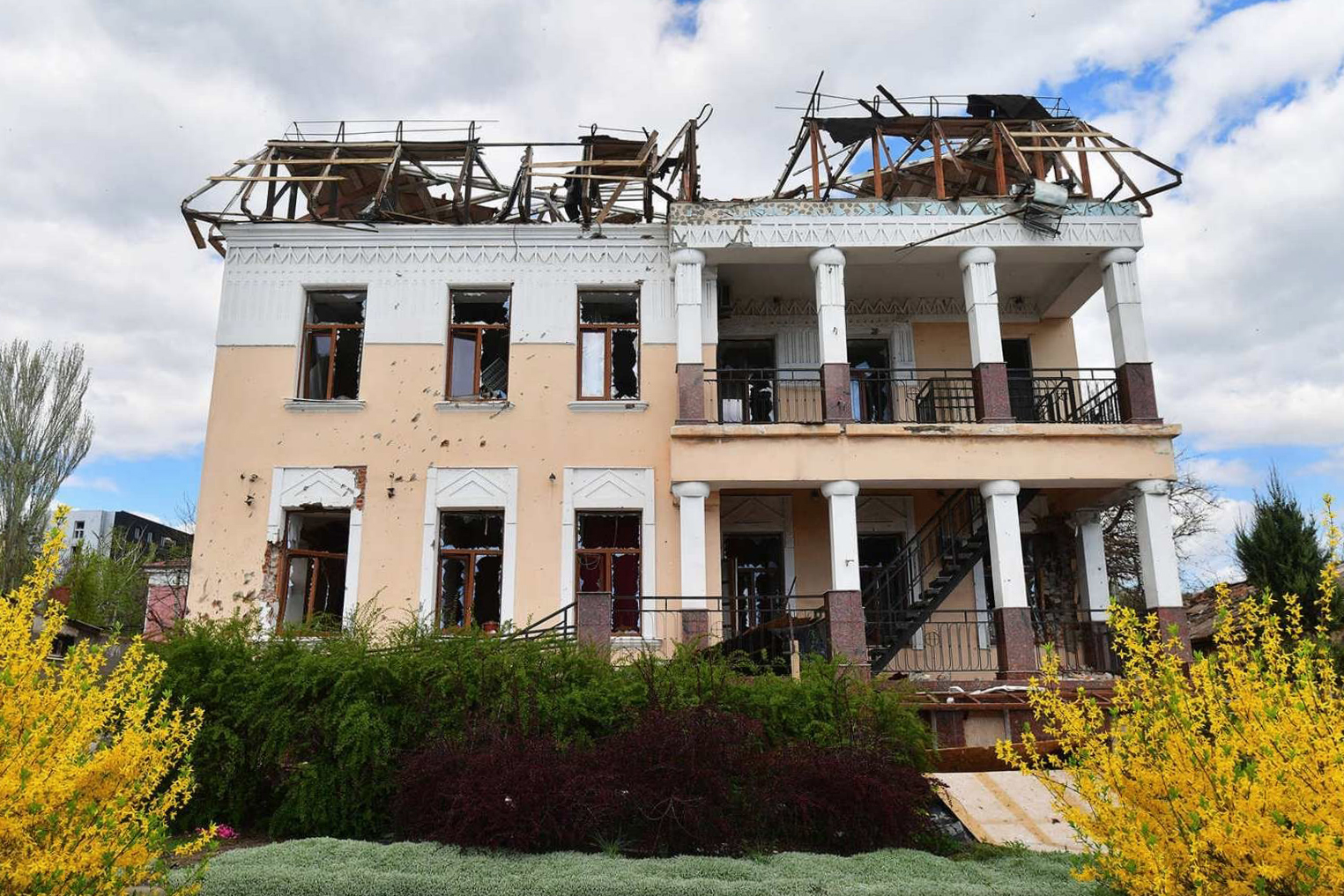 Khudozhniy Muzey Imeni Kuyindzhi Художній музей імені Куїнджі, 2022.
Khudozhniy Muzey Imeni Kuyindzhi Художній музей імені Куїнджі, 2022.
On March 21, 2022, the Ukrainian cultural site dedicated to the life and career of artist Arkhip Kuindzhi (1842–1910) was destroyed in a Russian airstrike during the Siege of Mariupol (February 24 – May 20, 2022). In response, Ukrainian designer Dmytro Kifuliak collaborates with House Museum director Evan Curtis Charles Hall to memorialize the historic site and legacy of Arkhip Kuindzhi (Архип Іванович Куїндж). The work is a tribute to the 19th century painter and a memorial to the city’s architecture and the lives that have been lost. During the time of war, the project functioned as a generative space for communicating across cultures and geopolitical boundaries.
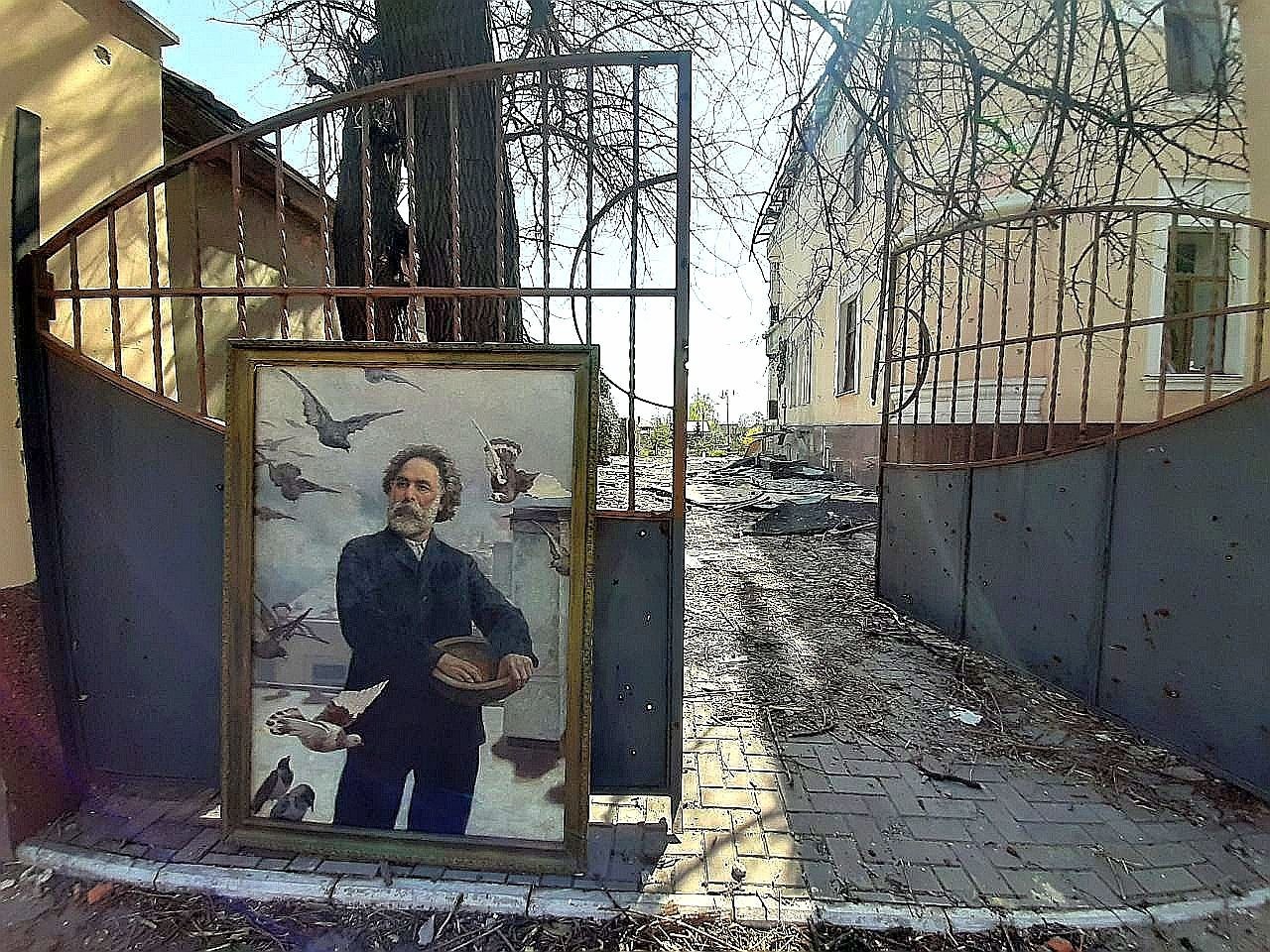 Portrait of Arkhip Kuindzhi by Gregory Kalmykov, 1910.
Portrait of Arkhip Kuindzhi by Gregory Kalmykov, 1910.
The Kuindzhi Art Museum (Художнього музею Куїнджі) was a cultural asset in Mariupol, Ukraine, that displayed the life and work of artist Arkhip Kuindzhi (1841 – July 24, 1910), among others including Ivan Aivazovsky, Mykola Hlushchenko, Vasyl Korenchuk, and Oleksandr Bondarenko. The museum opened on October 30, 2010, nearly a century after the death of the great landscape painter. The historic mansion turned museum was built in 1902, in the northern Art Nouveau style. Over the course of its history, the building held many functions including a library, historical archive, and local history museum. During the Great Patriotic War, the mansion was partially destroyed and then restored in 1997 before eventually becoming the home to over 600 paintings, 950 graphic works, 150 sculptures, and 300 decorative art objects.
In an interview with Museum of Civilian Voices, Tatyana Buli the former director of the Kuindzhi Art Museum recalls:
“Even now, I seem to see these paintings before my eyes, but they are gone. They are lost irretrievably; they are lost forever. It is a terrible loss. It is a whole cultural stratum that perished in the fire of war.”
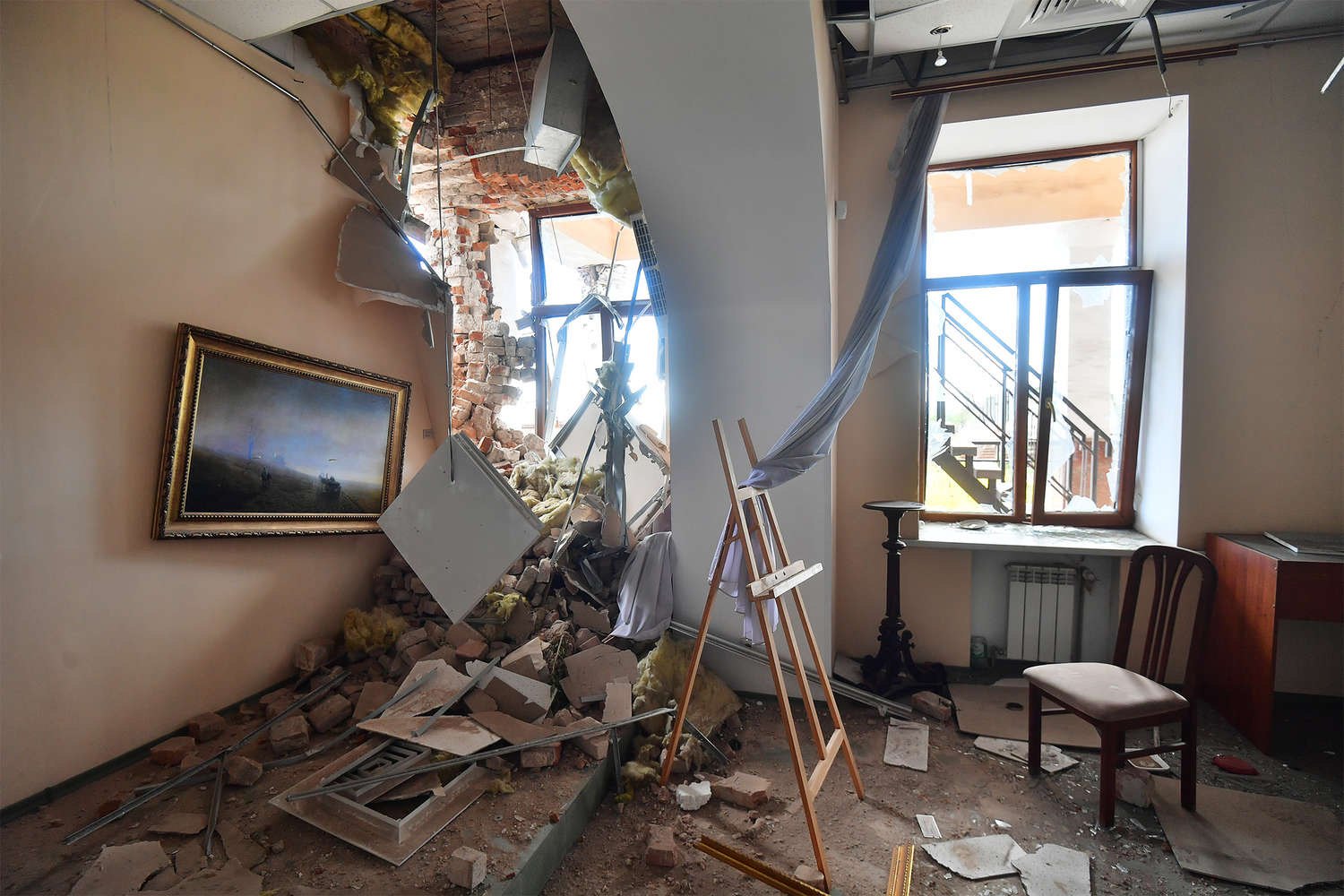 War damage to a gallery in the Kuindzhi Art Museum, March 2022.
War damage to a gallery in the Kuindzhi Art Museum, March 2022.
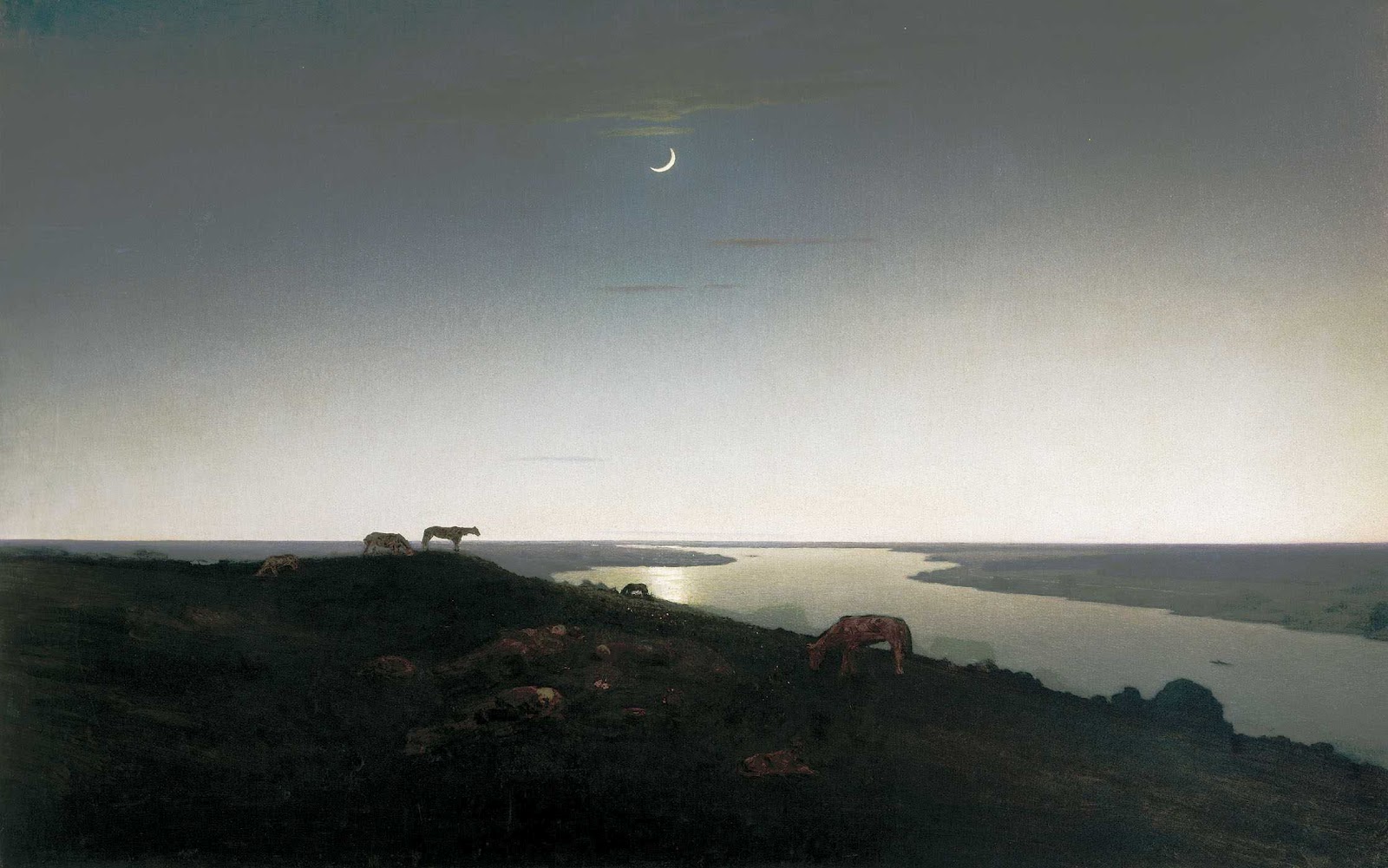 Night Watch. Arkhip Kuindzhi, 1905-1908. Oil on canvas.
Night Watch. Arkhip Kuindzhi, 1905-1908. Oil on canvas.
In response, Ukrainian designer Dmytro Kifuliak and House Museum director Evan Curtis Charles Hall imagine a new landscape for the lost museum. Titled There Will Be No More Night, a direct quote from the Book of Revelation, the work anticipates a digital future for at-risk cultural assets—one where they are safer from physical cycles of violence and where the light of the screen is ever present. It’s as if the structure has finally passed into the afterlife to be with Kuindzhi himself.
The digital reconstruction of the building began by collecting photographs of the former Kuindzhi Art Museum, which were then sketched and extruded within a virtual space. Spearheaded by Kifuliak, the façade underwent a meticulous fracturing process to simulate the fragile, yet unified, state of the building. The work references the original structure, yet reconstructs a fragmentary likeness of its former glory. Arkhip Kuindzhi has been referred by some art historians as the "Master of Light." His sublime use of light is referenced in There Will Be No More Night, as the façade’s transparent fissures, the water of the Dnipro River, and the distant horizon exhibit a surreal glow. In our contemporary age, where light emits from a multiplicity of screens, the project utilizes digitally rendered glass to reflect, refract, and amplify this techno-light. The transcendent presence of the glass Kuindzhi Art Museum façade invokes questions about historical erasure and visibility, and looks to a future where cultural assets escape violence into the digital domain.
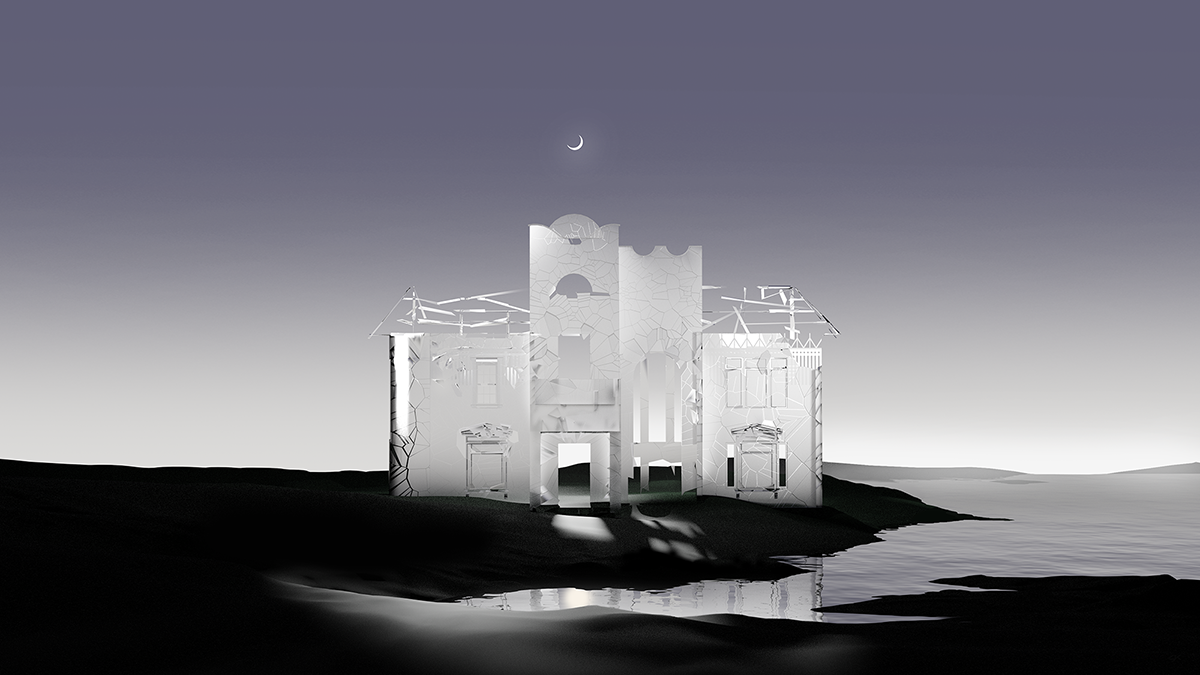 There Will Be No More Night
There Will Be No More Night
“Then the angel showed me the river of the water of life, as clear as crystal, flowing from the throne of God and of the Lamb down the middle of the great street of the city. On each side of the river stood the tree of life, bearing twelve crops of fruit, yielding its fruit every month. And the leaves of the tree are for the healing of the nations. No longer will there be any curse. The throne of God and of the Lamb will be in the city, and his servants will serve him. They will see his face, and his name will be on their foreheads. There will be no more night. They will not need the light of a lamp or the light of the sun, for the Lord God will give them light. And they will reign for ever and ever.”
Revelation 22:1-6
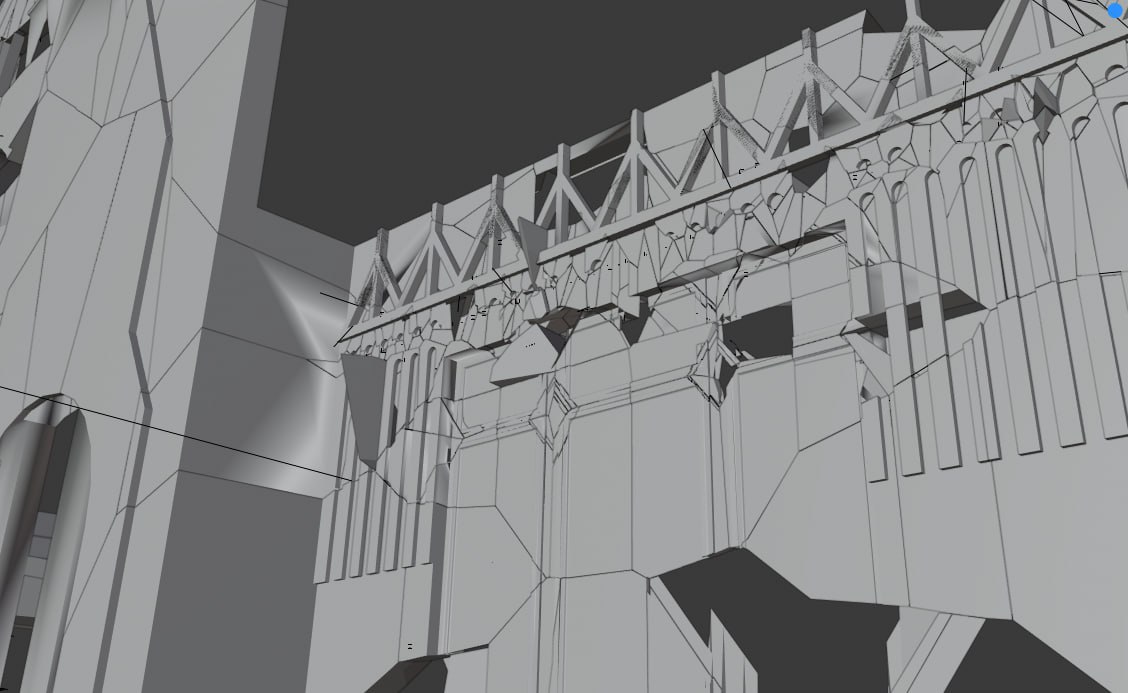 Working_Image_3
Working_Image_3
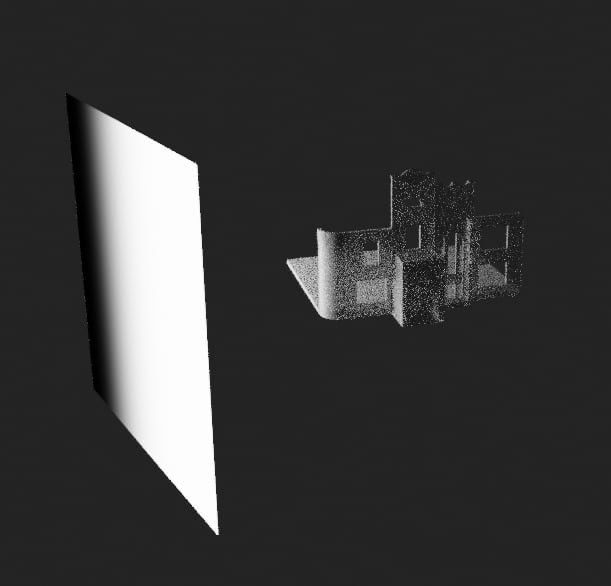 Working_Image_4
Working_Image_4
* Press Release / English and Ukrainian
** Stand For Ukraine: Donate to support war relief efforts
| ב |
House Museum is a 501(c)(3) nonprofit organization based in Philadelphia, PA, USA.
Interested in contributing a vacant site or partnering with House? Please contact info [at] house.museum |
|
"In my Father's house there are many dwelling places." John 14:2 |